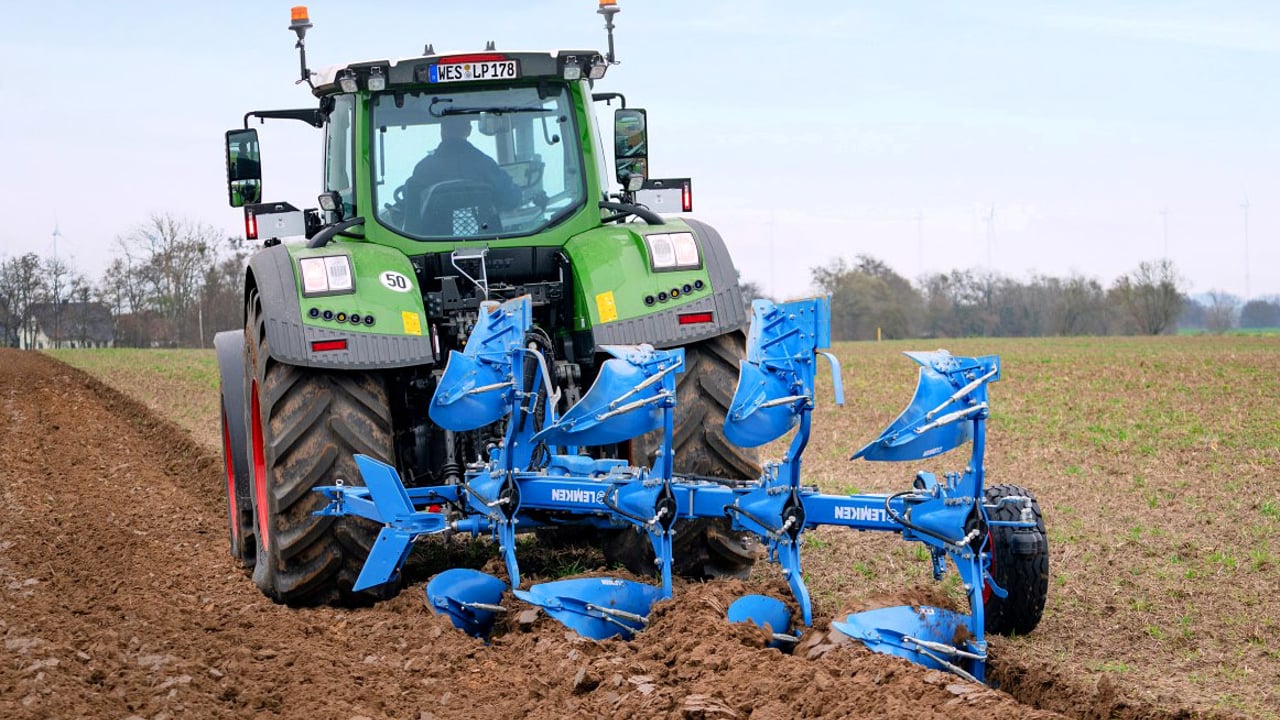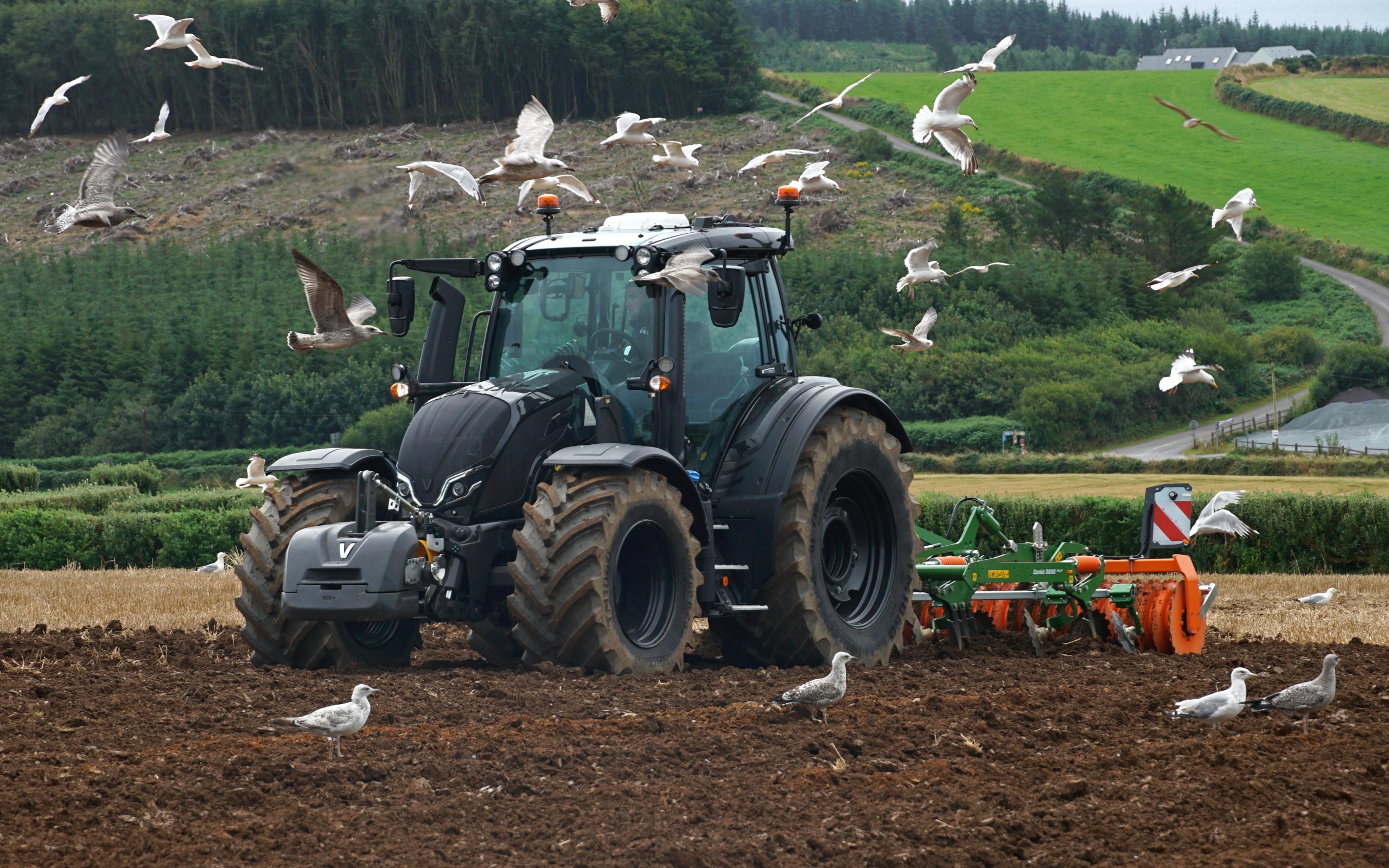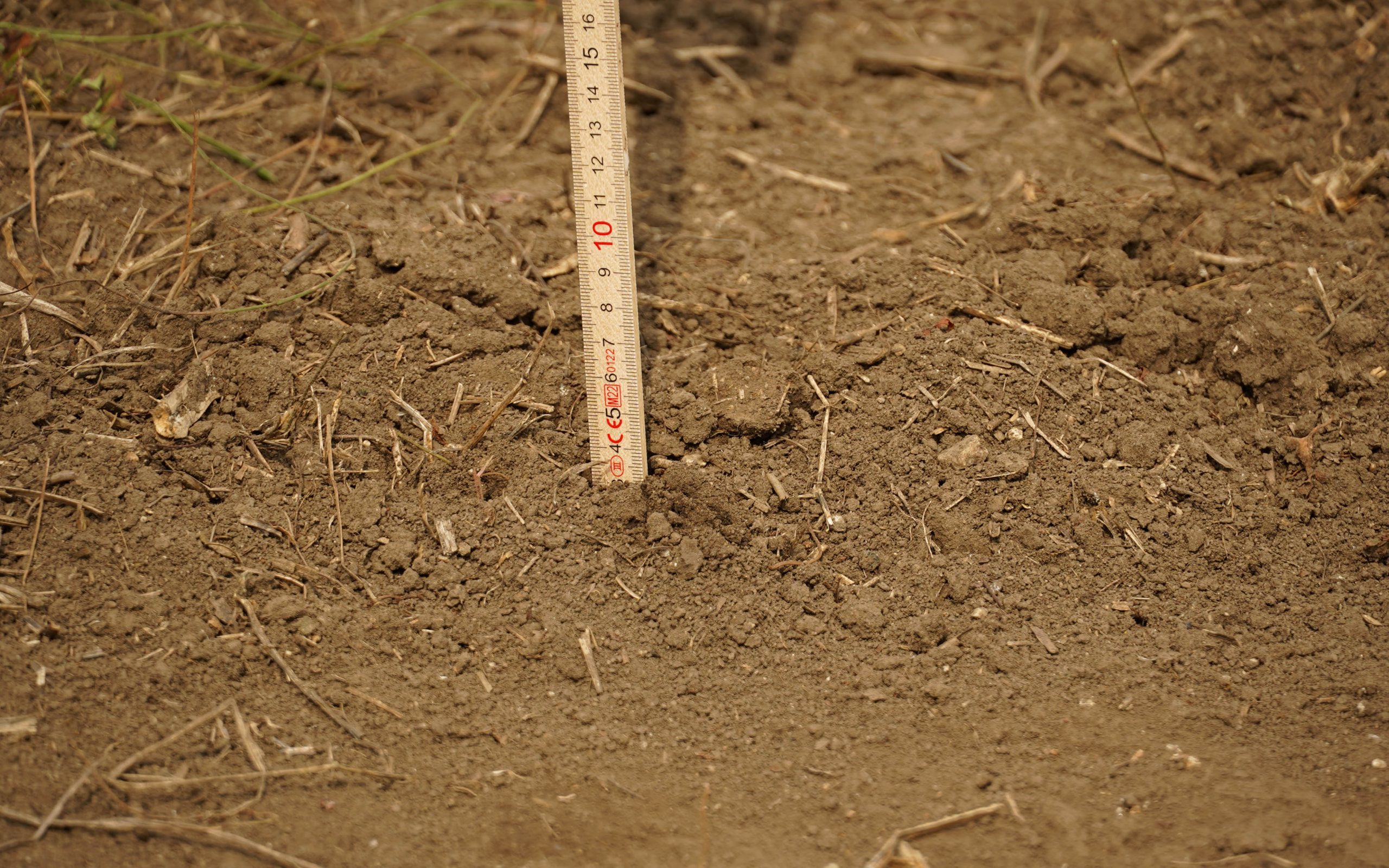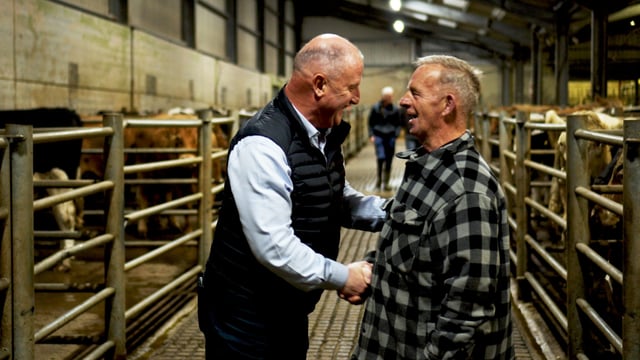Does a GM microbiome risk 'Frankenstein' bugs?
The debate over the use of genetically modified (GM) crops has centred around what is going on above ground, yet the soil microbiome is now also subject to the attention of scientists looking to increase crop yields through genetic engineering.
To those with an interest in our soils, the term microbiome is likely to be heard ever more often as the exploration of how soil actually works expands, for it is becoming ever more evident that there is a lot more involved than just the ratio of inclusion of the various materials that soil is composed of.
The basic definition of a microbiome is "a characteristic microbial community occupying a reasonably well-defined habitat which has distinct physio-chemical properties".
This is a distinct separation from microbiota, which refers only to the life forms within a space rather than the interaction between them and the their environment.
It is this interaction that has been attracting the attention of genetic engineers, for plant roots are part of that microbiome, and they are by no means passive intruders into the invisible underground world of minerals, bugs, and organic matter.
Many types and species of micro fauna and micro flora - plus fungi and other microscopic life forms which do not fit into these categories - establish symbiotic relationships with plants directly, or indirectly through microbes that do.
It is a hugely complex situation that has evolved over billions of years and is only just beginning to be understood.
Yet into this largely unexplored arena have stepped scientists with the tools of genetic engineering to hand in a bid to improve the potential of soils to support crop growth.
This is of course a noble aim, however, the question as to whether we should apply the same constraints to the release of genetically engineered microbes as we do to GM crops has not received anything the like same degree of publicity.
There are several areas in which it is thought that bio-engineering (genetic modification) might have something to offer to the microbiome.
These include better uptake of nutrients, pest and disease control, the removal of soil pollutants, and improved plant vitality generally.
Researchers have two routes to the modification of the microbiome. The first is from the bottom up which involves identifying specific microbes, which are thought to have plant growth promoting (PGP) properties, genetically modifying them to enhance those properties, followed by their release back into the environment.
On the other hand, the top-down approach involves synthetic ecology, transferring genes that carry these beneficial properties from one organism to another before releasing them into the environment.
Both methods run the risk of of attracting the ire of environmentalists who oppose GM crops, which is only to be expected for the laboratory methods being used are much the same.
Presently, there is a safeguard on the use of GM micro biological control agents (which is a long way of saying GM bugs), and that is EU Regulation 1107/2009, which demands an environmental risk assessment before it is placed on the market - a requirement which has slowed their introduction.
Yet the pressure to allow GM bugs to be used will not go away for, as we have seen with GM crops, there is money to be made from them should future legislation allow it.
Sustainable farming is a term that crops up regularly in the research literature, and the organic movement will claim that its practices already promote just that.
However, there is a growing understanding that the two are quite distinct, for the agricultural supply industry would consider sustainable farming an approach that does not consume the same level of physical inputs but still relies heavily on scientific methods, such as genetic engineering.
While it is wise to approach the release of GM microbes with caution, this does not encourage the general distribution of the information garnered by the large amount of research that is going on in the field, for commercial reasons.
At ground level, advisory bodies and commercial interests still talk of soil management and compaction as purely a mechanical affair, while within academia there is an established understanding of the importance of microbial life within the soil and how that affects soil structure.
It would be of benefit to agriculture if that gap were closed and the knowledge garnered in the lab be made more readily available to farmers.







